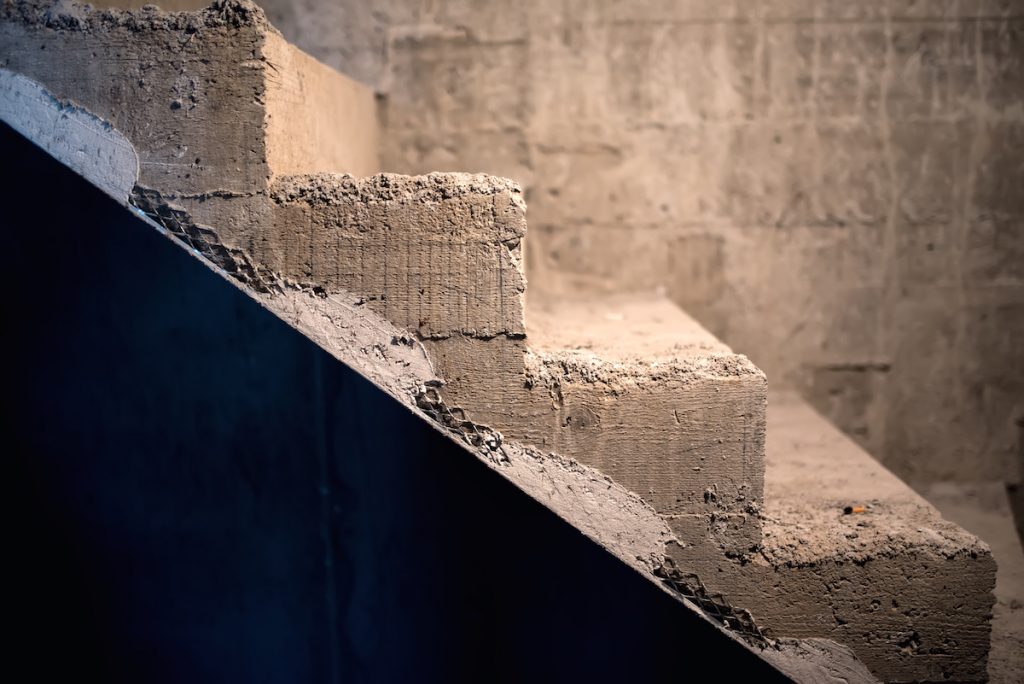One of the goats quickly jumped out of bed this morning and immediately started googling on concrete. Quite normal, right? At least when the last thing that happened last night was a discussion with another goat about whether CCS (Carbon Capture and Storage) is the way forward for the concrete industry. Exciting life.
When you listen to the concrete industry, it is easy to think that we need concrete. Who would even question that?
“Concrete provides welfare as it enables construction of housing, infrastructure, security of water supply wastewater management and energy supply.” (From Svensk Betongs rapport Betong och klimat: En rapport om arbetet för klimatneutral betong från 2017 (in Swedish only).
According to the same report, more than 90% of the CO2 emissions in the concrete production come from cement. So, the concrete industry aims at reducing their carbon footprint by replacing some of the cement with something else. Fly ash, for example. But come on!
We had a refreshing conversation this week with a potential customer who thinks differently. He doesn’t come from the concrete industry, but still, he thinks differently and was just about to challenge their business models and start exploring completely ways of working to reduce the company’s carbon footprint. Isn’t that exactly what we need to do – think differently?
Yes, it’s reasonable that the concrete industry tries to find ways to reduce its carbon footprint, but you would think that there would be a potential for innovation here, don’t you? I am thinking of the Norwegian company Glasopor, who manufactures filling materials for roads, railways and buildings made of recycled glass – without emitting a single carbon dioxide molecule. It’s not concrete, but it’s fresh thinking. We need more of that!
In addition to concrete discussions, another busy week has passed. On Wednesday, we had the opportunity to spend a particularly inspiring morning together with some 30 managers in a property management company who has decided to take the sustainability issue seriously. This company really holds a fertile ground for challenging, questioning and new thinking. Thanks for letting us join and throw in some firewood! This morning, we’re analyzing a manufacturing company’s value chain to define where they have their major impacts from a sustainability perspective, which is always exciting.
And, we’ve of course discussed the EU taxonomy. Actually, the plan for this post was to talk about that, but then the concrete came in. That’s what happens when the last text message for the evening reads: 7% of the world’s carbon dioxide emissions come from the production of cement.

